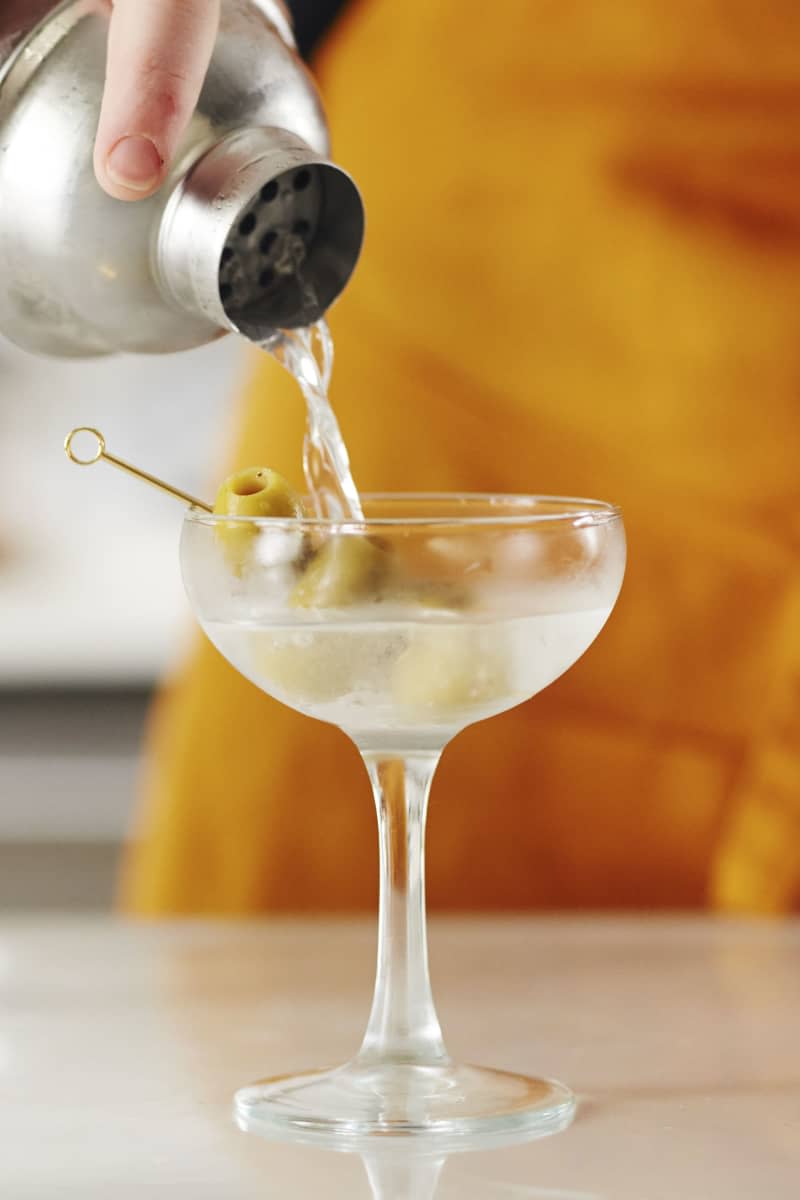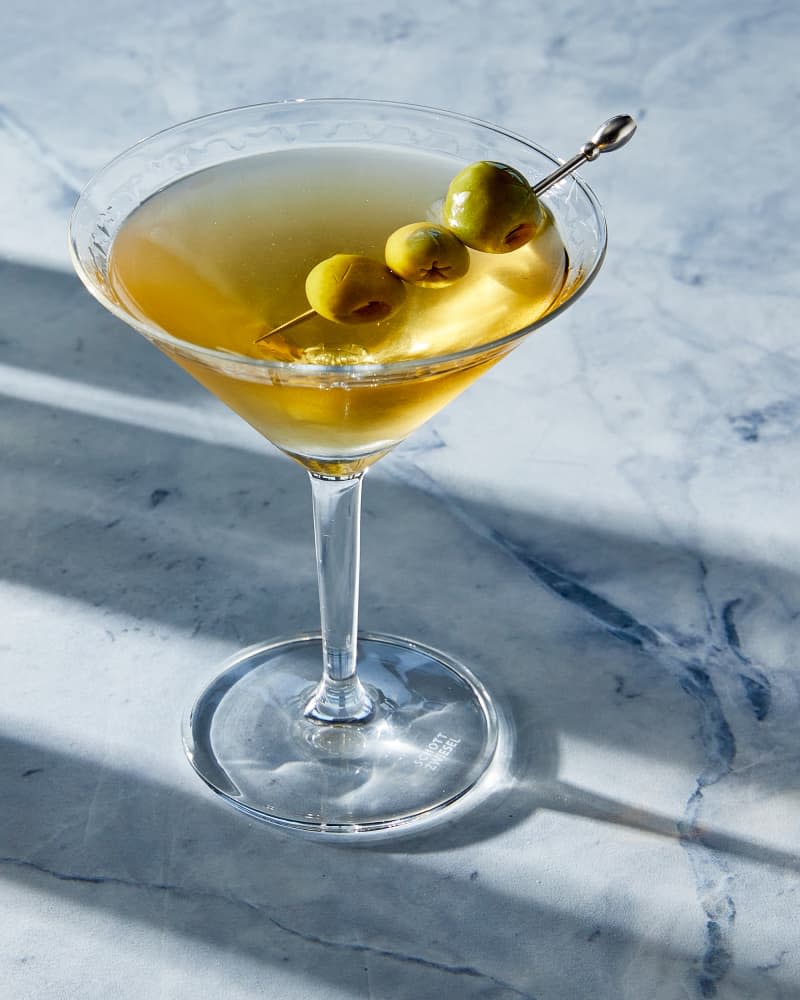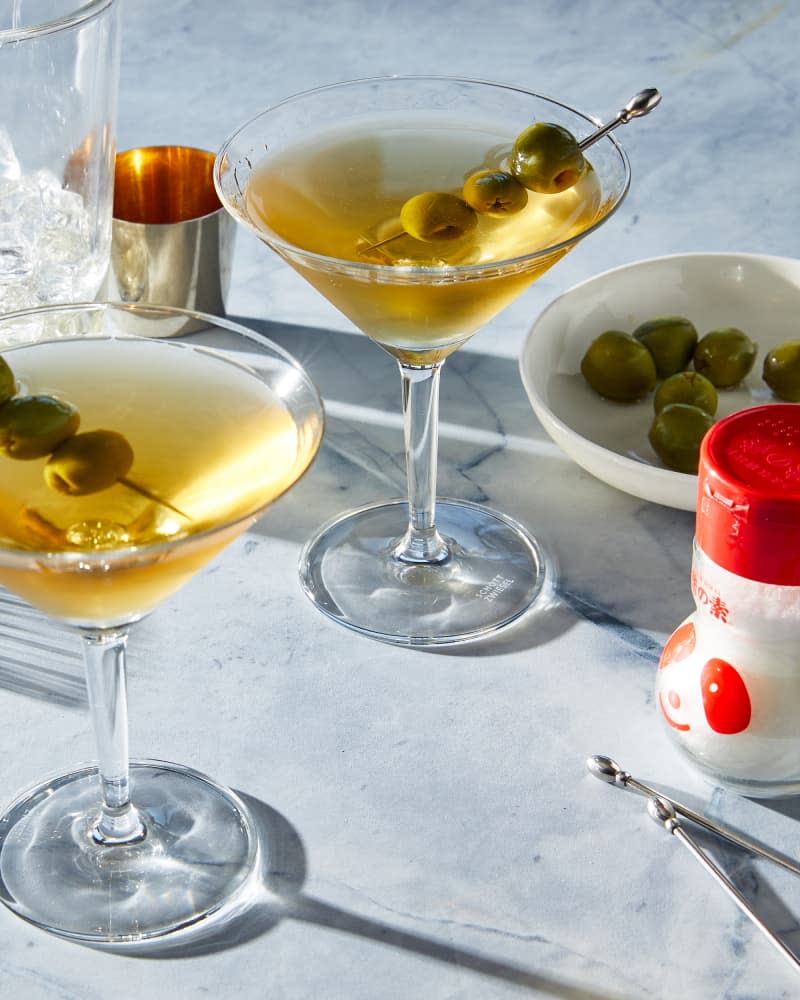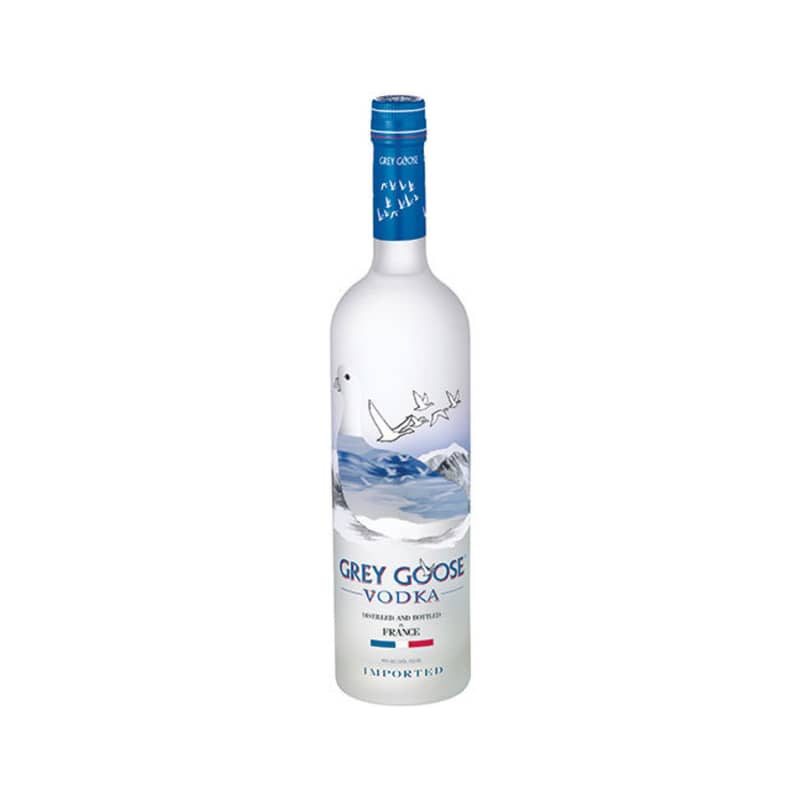We Asked 3 Bartenders to Name the Best Vodka for a Martini, and They All Said the Same Thing

Vodka, oh vodka. It’s one of those spirits that instantly brings a flavor memory to mind, whether it’s from souvenir shot glasses or a neutral vodka-soda. Meaning “little water” in Russian, vodka certainly gets a bad rap, and the same is sadly true of vodka martinis. But to that end I say, no more!
Even the Alcohol and Tobacco Tax and Trade Bureau, which previously stated that, technically speaking, vodka should be “without distinctive character, aroma, taste, or color,” (ouch!) has gone back on its rulings. The bureau’s new amended definition gives vodka martini drinkers a lot more excitement to look forward to — and it shows.
Plenty of vodka brands are making far more complex martinis to enjoy and mix, according to bartenders. If you often opt for the more classic gin martini, it’s time to stir things up (literally, please don’t shake!) with a vodka martini.

What’s the Best Vodka for Martinis?
What’s the trick to picking the best vodka for a martini? Know your grains! Contrary to popular belief, most vodkas are not made with potatoes, but from grains like wheat, barley, rye, and corn. Depending on the grain, you’ll get a wide variation in texture, sweetness, and, yes, a little burn.
After interviewing over a half-dozen bartenders, one grain was the cream of the crop when it came to vodka bases: wheat. “I prefer vodka distilled from 100% wheat,” says George Krpeyan, the general manager at The Grand Tier Restaurant at the Metropolitan Opera House in New York, who says that many of the signature vodka cocktails he makes are with Grey Goose, a wheat-based vodka. “For my taste, wheat vodka tastes best.” Hailed for its delicate sweetness and smoothness, wheat vodka is some of the best for mixing, while rye-based vodka is often spicier, and corn-based vodka can tend to be on the buttery side.
Krpeyan is not alone in loving wheat-based vodkas, either. “My favorite vodka brand is Grey Goose. I’m French, so it is a plus, and I love the way the product is being curated and the full process and minds behind it,” says Simon Sebbah, the beverage director of Grand Tour Hospitality. “All of the vodka cocktails you can find at American Bar, Saint Theo’s, and Holiday Bar are based with Grey Goose.” Made from French winter wheat and brought up to proof with demineralized spring water from the nearby town of Cognac, Grey Goose has a crisp flavor that makes it the perfect backbone for a spirit-forward cocktail like the martini.
Buy: Grey Goose Vodka, $27.59 for 750 mL at Drizly
Grey Goose isn’t the only brand known for its crisp flavor profile. Other bartenders and beverage directors I interviewed sang the praises of other wheat-based vodkas, like Stoli Elite, Chopin, and Ketel One, all well-known for their crisp, clean finish with light hints of citrus.

How to Make the Best Vodka Martini at Home
With a cocktail as simple as the martini, the quality of all your components really matter. You’ll need dry vermouth, your vodka of choice, and perhaps some orange bitters or olive juice, all of which should be very much chilled. If you have enough time, freezing your glasses and stirring your martini will keep the cocktail ultra-silky — almost creamy, even.
From there, most classic martini recipes will call for a 2:1 or 3:1 vodka to vermouth ratio, a quick 30-second stir in your mixing glass with a large ice cube, and then strain into your martini glass. Add garnish (like a lemon twist, olives, or cocktail onions) and you’re done.
While martinis might seem intimidating to make, there’s one method that makes it almost too easy while also maintaining an ambrosial texture: just make a large freezer batch. “The freezer martini method builds on that texture,” says Pete Vasconcellos, beverage director for Albert’s Bar in New York. “Get a one-liter glass bottle with a tight-fitting lid. Figure out your favorite martini ratio (of vodka to vermouth) and scale it up to 750 milliliters (until it almost fills the bottle). Multiply the total volume by 20% (150 milliliters) and add that amount of distilled water. Put your martini batch in your glass bottle and in the freezer. When you’re ready to drink, just pour it into a chilled martini glass. No need to stir!”


